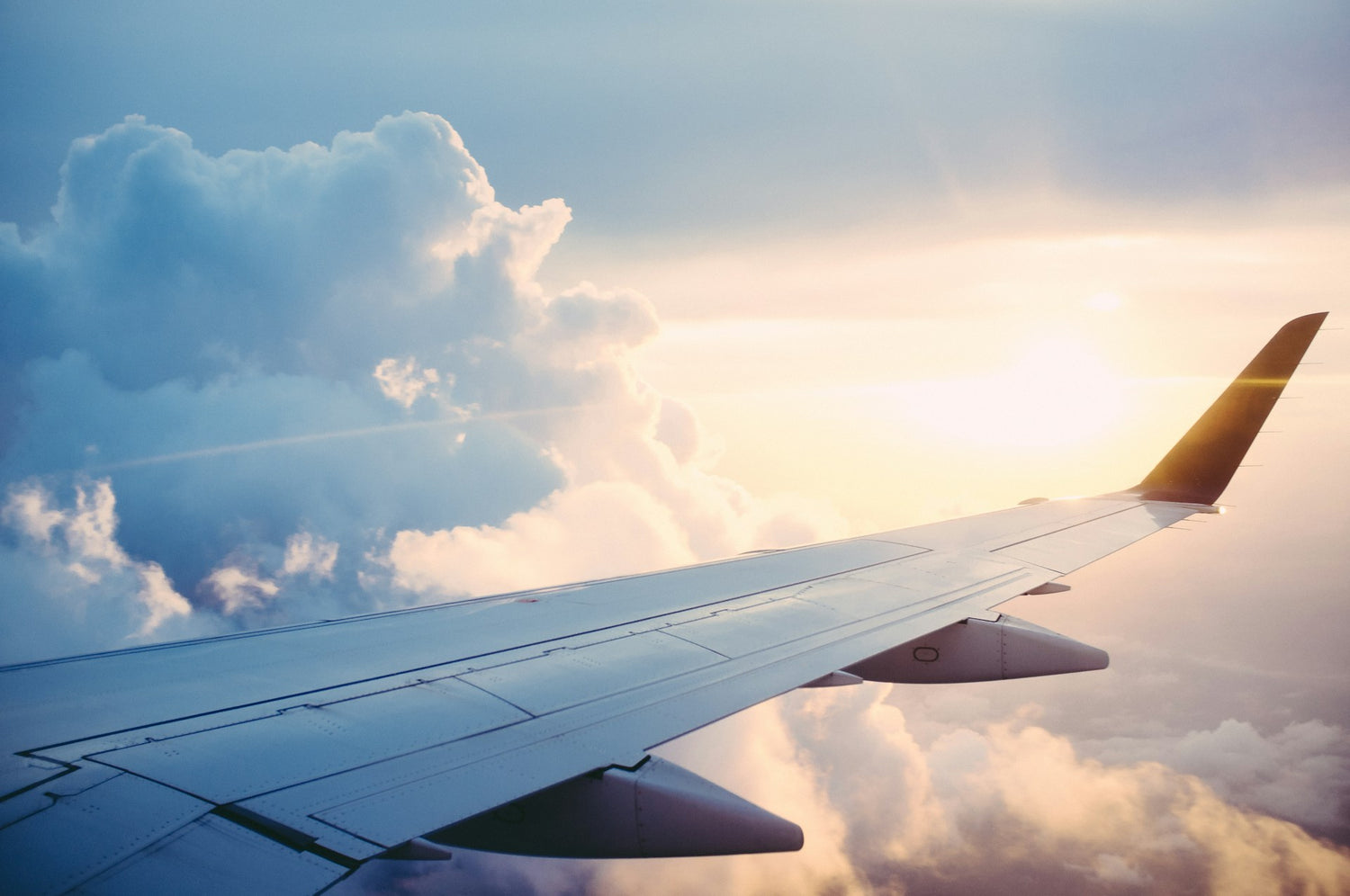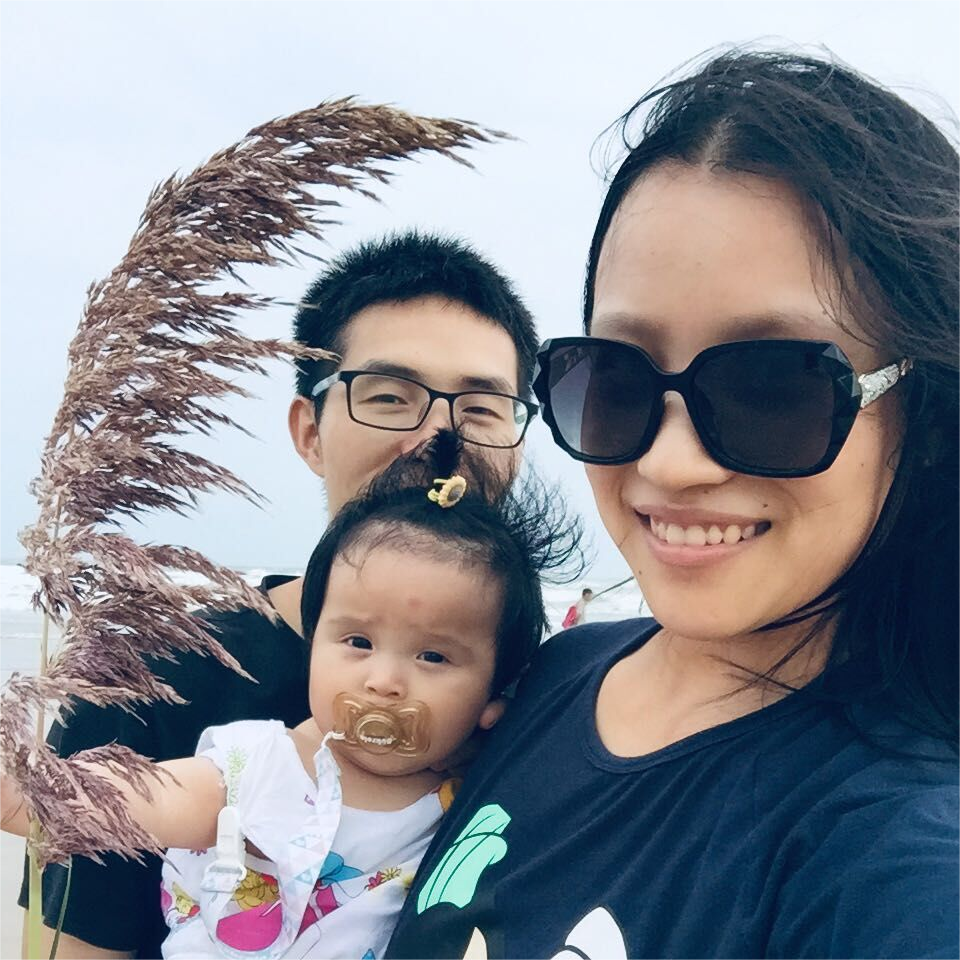Traveling with a portable oxygen concentrator can seem daunting, especially if you're planning to fly. These medical devices are essential for individuals who require constant oxygen due to health conditions, and being able to take them on a plane is crucial. In this article, we'll navigate the rules and tips for taking your lifeline-the portable oxygen concentrator-onboard with you. From understanding airline regulations to prepping your device for air travel, we've got you covered so you can soar the skies with ease and peace of mind. Let's dive into making your journey as smooth and stress-free as possible.

Federal Aviation Regulations on Medical Devices
Traveling by plane with a portable oxygen concentrator (POC) is absolutely possible, thanks to Federal Aviation Administration (FAA) regulations that accommodate passengers with health-related needs. Here's what you need to know:
- FAA Approval: Your POC must be FAA-approved for airline travel. The FAA has curated a list of approved models that meet their safety and performance standards for use in the air.
- Device Requirements:
- Ensure your device is labeled with a manufacturer's sticker indicating it meets FAA requirements.
- The POC should be able to function properly at various altitudes and in "airplane mode," which prevents interference with aircraft systems.
- Battery Rules:
- Airlines typically require that POC batteries have enough charge for a minimum of 150% of the flight duration to account for potential delays or layovers.
- Passengers usually must carry extra batteries in carry-on luggage, secured and protected from short circuits.
By adhering to these guidelines, passengers requiring oxygen therapy can fly with peace of mind, knowing that their POCs are cleared for takeoff. It's important to check off each of these requirements before heading to the airport to ensure a smooth journey above the clouds. In our next sections, we'll delve into the specifics of airline policies and how to best prepare your POC for travel.
What Are the Airline Policies for Portable Oxygen Concentrators?

Check Individual Airline Requirements
Before you start packing your bags, it's crucial to get acquainted with your airline's specific rules regarding portable oxygen concentrators. Each airline might have slight variations in procedures, and being prepared will save you time and hassle. A quick search on the airline's website or a conversation with customer service should give you all the details – from the documentation needed to how to pack your POC. It's like getting insider tips before embarking on a tour; knowing what to expect makes for a smoother experience.
Pre-Flight Documentation
Think of pre-flight paperwork as the passport for your POC – it won't fly without it. Airlines usually require certain medical forms to be filled out that describe your condition and detail the specifications of your equipment. Most importantly, don't forget to include a note from your doctor confirming your oxygen needs and that you can operate your device yourself. Just as you wouldn't forget your boarding pass, ensure these documents are at the top of your checklist before heading to the airport.
Notification and Approval
Alerting your airline about your POC isn't just a formality; it's a step towards personalizing your travel experience. By informing them at least 48 hours before your flight, you allow them time to accommodate your needs. Think of it as making a reservation at a restaurant – it ensures you get the service tailored to you. Also, plan to arrive a little earlier than usual on the day of departure. It gives you ample time to breeze through any additional paperwork or last-minute confirmations with ease.
Battery Life Requirement
When it comes to powering your POC, think of it as fueling up for a long trip. Your device should have enough battery life to last 150% of the flight duration, accounting for possible delays or layovers. Pack extra batteries in your carry-on luggage, much like you'd pack an extra charger for your phone. That way, you're ready for any situation, ensuring your journey remains uninterrupted.
Potential Additional Costs
Just as you'd review potential charges for luggage or in-flight meals, it's wise to check if there are any fees associated with bringing your POC on board. While most major airlines understand the necessity of medical devices and don't charge extra, some budget airlines may apply additional baggage fees. A brief investigation beforehand can help you budget accordingly and avoid any unexpected costs upon check-in.
How to Prepare Your Portable Oxygen Concentrator for Flight
Getting your portable oxygen concentrator (POC) ready for air travel is a key step in your trip-planning process. Think of it as prepping a trusty partner for an upcoming journey together. Follow these steps to make sure your POC is as flight-ready as you are:
- Check Your Device: Begin by inspecting your POC closely, just like you'd check your passport dates before an international trip. Make sure all parts are working correctly, that the device is clean, and there's no visible damage. This quick health check can help prevent any mishaps once you're up in the air.
- Charge Your Batteries: Charge each battery fully, ensuring you have enough power for at least 150% of your flight duration. This is like packing an extra set of clothes in case your luggage gets lost; it's preparing for the unexpected. If the flight's five hours, aim for seven and a half hours of charge to be on the safe side.
- Pack It Properly: Protect your POC in a durable carrying case, similar to how you'd shield a tablet or camera. The case should cushion your device, keeping it safe from the inevitable jostles and bumps of travel.
- Secure Medical Clearance: Contact your airline's special services well before your flight. Provide them with any necessary documents they require ahead of time, akin to securing tickets for a special event. This is your green light from the airline, confirming that you're cleared to fly with your POC.
- Plan for Security: At the airport, remember that your POC will need to go through security screening. Prepare for this by knowing TSA's rules – like having your POC packed in an easily accessible way and understanding that it may need to be taken out of its case. It's much like getting ready for a swift pass through security; preparation makes everything smoother.
Following these steps can help ensure that both you and your POC have a trouble-free flight. Next, we'll explore what to expect when you're onboard and using your POC.
How to Use Your Portable Oxygen Concentrator Onboard

Once you're nestled in your seat and the aircraft hums to life, using your portable oxygen concentrator should be as hassle-free as buckling up. Here's what to expect when you're high in the sky:
- Pre-Takeoff Communication: As soon as you board, it's a good idea to remind the flight attendants that you will be using a POC. This is similar to letting your server know about a food allergy - it ensures they're aware and can assist you if needed.
- Setting Up Your Device: Find a comfortable position for your POC where it can sit securely and where you can easily access it. This might be under the seat in front of you, much like stowing away your personal item. Ensure it doesn't block any aisles or exits - safety first!
- During the Flight: Once airborne, monitor your device as you would normally. Adjust the flow rate according to your needs and what your doctor has prescribed. It's akin to adjusting the air vent above your seat; a little tweak here and there can make all the difference for your comfort.
- Battery Management: Keep an eye on battery levels throughout the flight. If you need to swap out batteries, do so with care and store the used ones safely back in your carry-on. Think of it like changing the battery in a camera during a day-long photoshoot - be prepared so you don't miss a beat (or breath).
- In-Flight Etiquette: Be considerate of those around you. While your health comes first, using headphones if your POC is noisy can be a thoughtful gesture to your neighbors. It's like using earphones to watch a movie on your device - courteous and unobtrusive.
- Landing and Disembarkation: As the plane descends, start preparing to pack up your POC. Just like you stow your tray table and put your seat upright, ensure your POC is ready to be turned off and stowed away before landing.
By following these steps, you can ensure a smooth experience with your POC at cruising altitude. With thoughtful preparation and communication, your essential medical equipment becomes simply another part of the flying experience. Next, we'll touch on tips for once you have landed and how to manage your POC post-flight.
Post-Flight Management of Your Portable Oxygen Concentrator
Touching down in a new destination is exciting, but there are still a few steps to follow to ensure that your portable oxygen concentrator is taken care of after your flight:
- Disembarkation: Once the seatbelt sign is off, carefully pack away your POC. Treat it as you would any other valuable item, like a laptop or camera, ensuring it's secure and ready for the journey out of the plane.
- Battery Recharging: After you've exited the aircraft, plan your first stop around recharging your batteries if necessary. This could be at your accommodation or even a designated area in the airport. It's similar to plugging in your phone after a long day; ensuring your POC is charged means you're prepared for whatever comes next.
- Assessing Device Performance: After a flight, take a moment to check that your POC is still functioning correctly. Check for any potential damage or irregularities in performance, as you would check your car after a lengthy road trip to make sure nothing's amiss.
- Transport to Accommodation: Whether you're hiring a car, taking a shuttle, or using public transport, make sure there's a safe spot for your POC. Secure it as you would a child or pet, with care and attention to safety.
- Follow Up on Additional Oxygen Supplies: If you've arranged for backup oxygen supplies or additional batteries to be waiting at your destination, confirm their arrival and condition. It's like confirming your hotel booking upon arrival; you want to make sure everything is in order before settling in.
- Enjoy Your Stay: Finally, don't forget to relax and enjoy your trip! You've managed the journey like a pro - now it's time to reap the rewards. Just keep in mind where the closest power sources are and maintain a routine for charging your POC's batteries, so they're always ready when you need them.
By taking these post-flight steps, you can be assured that your portable oxygen concentrator will continue to support you throughout your travels. Safe travels and breathe easy knowing you're well-prepared for the journey ahead.
Travel Confidently with Your Portable Oxygen Concentrator
Traveling with a portable oxygen concentrator is straightforward when you're well-prepared. Before your flight, make sure to check your device thoroughly and fully charge your batteries. Keep important documents handy and inform the airline about your POC in advance. On the plane, set up your device for easy use and monitor its battery life. After landing, recharge the batteries if needed and inspect your POC again to ensure it's working properly. Following these simple steps will help you travel without worry, keeping your health and comfort as top priorities. With this practical approach, you can look forward to enjoying your trip and your destination.





Laisser un commentaire
Ce site est protégé par hCaptcha, et la Politique de confidentialité et les Conditions de service de hCaptcha s’appliquent.